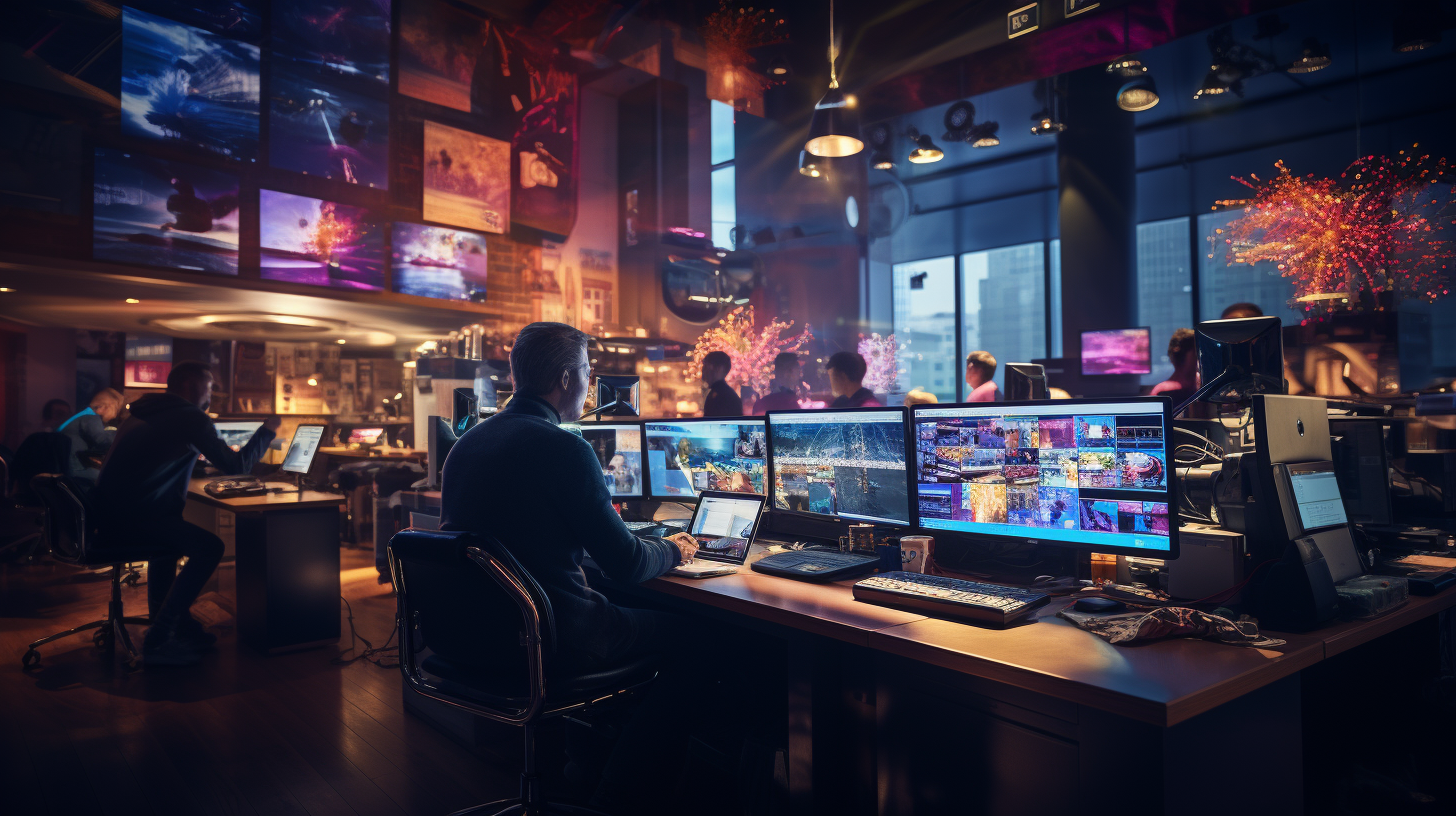The digital revolution has catapulted journalism into a new era. While artificial intelligence (AI) is revolutionizing newsrooms, deepfake technology is casting dark shadows on the media landscape. But where do we draw the line between supportive AI and manipulative deepfakes?
Newsrooms are using AI to automate workflows, generate content, and analyze trends. These innovations drive efficiency and allow journalists to focus on deep research and storytelling. But there are two sides to every coin. The same AI technology that supports editorial processes also enables the creation of deepfakes – hyper-realistic videos that show people saying or doing things that never happened.
The creation of deepfakes aims to distort reality and spread false narratives. They manipulate perception and sow doubt about the authenticity of media content. In contrast, editorial AI aims to support and improve reporting. It promotes transparency and helps newsrooms deliver accurate and timely information.
However, the ethical concerns cannot be ignored. What happens when newsrooms use AI to create synthetic voices or faces of newscasters? Even when these are clearly labeled, we enter an ethical minefield. Creating synthetic media content can undermine audience trust and call into question the credibility of journalists.
A transparent approach is critical. Newsrooms need to clarify when an article was generated by an AI or when a news anchor is synthetic. Audiences have the right to know which information is genuine and which is created by AI.
Combating deepfakes is another challenge. Effective detection tools and stricter regulation can help minimize the spread of deepfakes. But in a world where deepfakes are hard to distinguish from reality, the task becomes increasingly difficult.
Balancing the benefits of AI in newsrooms with the threat of deepfakes is a complex challenge. It’s about reaping the benefits of AI without sacrificing the integrity of journalism. The media industry must remain vigilant, follow ethical guidelines, and put the audience first to maintain and foster trust in our information sources.
The debate over editorial AI and deepfakes is a vivid example of how technology can be both an asset and a threat to journalism. In this dynamic environment, we must continue to think critically, debate, and find innovative solutions to preserve media integrity in the digital era.
The interweaving of artificial intelligence and journalism takes us into a new, unexplored territory. The questions around ethics, transparency and media integrity in the digital age are numerous and complex. Your insights and opinions are a valuable part of this ongoing discussion. We invite you to share your thoughts and experiences in the comment section below.
Do you think editorial AI and deepfakes can form a symbiotic relationship, or are they irreconcilably at odds? What steps could be taken to preserve the integrity of our media in an era of AI-led content? Your perspective is unique and can shed light on the many facets of this issue. We look forward to a stimulating and informative discussion with you. Please share your thoughts and help us continue this important dialogue.
